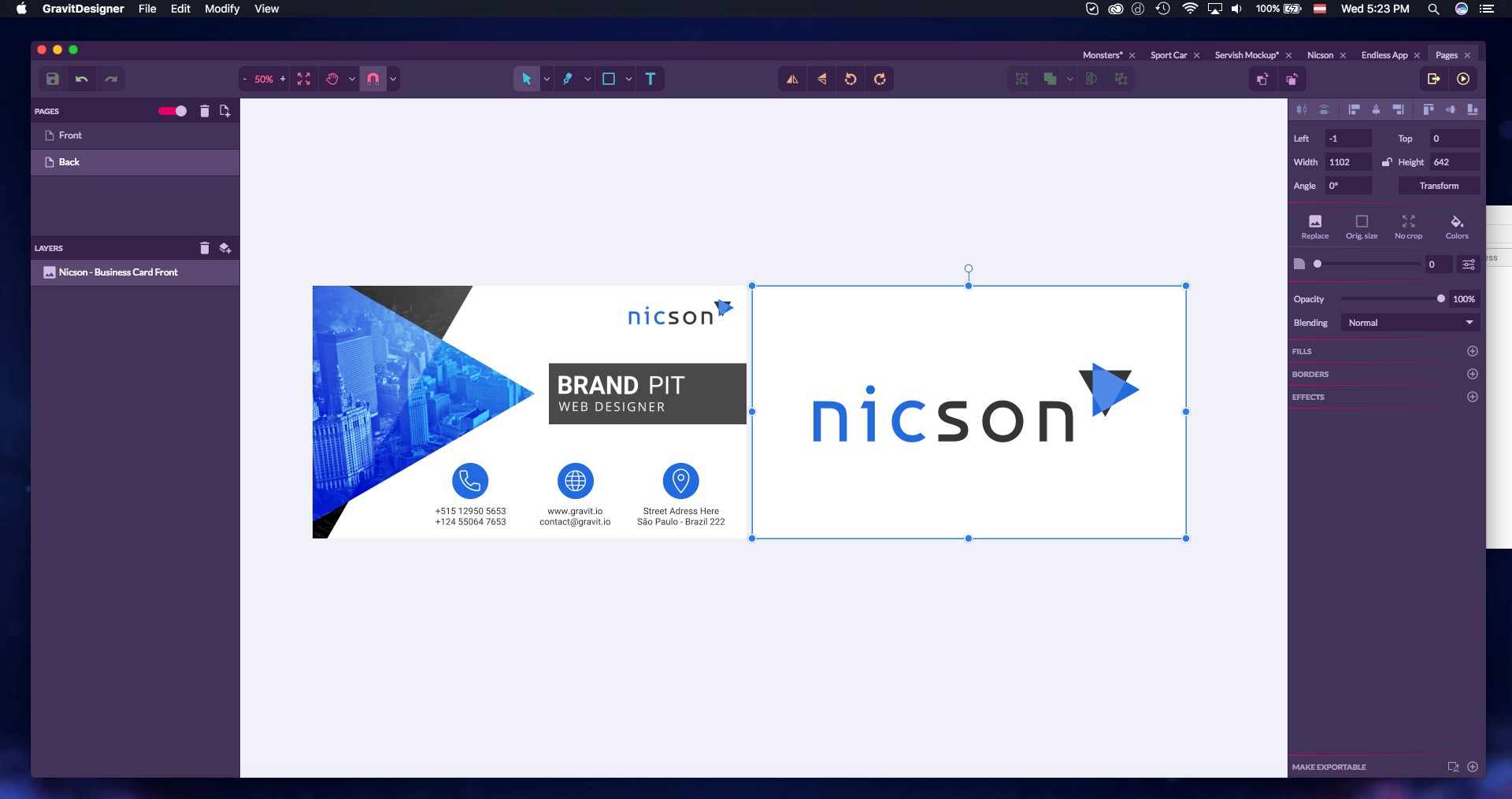

On the picture below you can see six different tool categories select, shape, path, knife, text, and image. The one you are currently using is marked with a grey square, in this case it is the select tool. If you click on it the category unfolds and you can see the different tools in that category. Under the shape category try to choose rectangle and make a rectangle on the canvas. You will now see a new menu on the right side of the screen. Here you can modify the rectangle for example by changing x- and y-positions, change the size, add/remove fill and borders, etc.īetween the width and height there is a small mark. Now try and make an ellipse by choosing the ellipse tool If you click it you lock the size ratio, meaning that if you change the width, the height will change too and vice versa. If you move the ellipse anywhere near the rectangle you will notice some guiding lines appear to help you place the ellipse in a specific position to the rectangle. If you do not want these guiding lines you can click on the horseshoe magnet in the top toolbar and remove the check mark from Use Snapping. When you have placed the ellipse where you want it, you will see that it is lying on top the rectangle. You can also see this on the left-hand menu under layers where there will be one layer called ellipse and one called rectangle. If you right click one either of the layers and choose Arrange you can move that layer forwards or backwards. To combine shapes into one shape, mark the wanted shapes and then go to the top toolbar and click on the arrow belonging to the category called Create Compound Shape and choose Union.

If you look at the layers again, you can see that you now have combined the shapes in one compound shape. However, you can still select either of the shapes separately and modify independently of the other. We do not want that, so to fix this go to layers and unfold the Compound Shape, here you click on both the little padlocks next to Ellipse and Rectangle. Now that they are locked, they cannot be modified independently of each other. You might notice that if you try and place the new ellipse on the right or left side of the shape, the middle is no longer in the middle of the rectangle because the full height includes the ellipse as Let’s try and make another ellipse and place it on one of the other sides of the rectangle.

If you want the ellipse to be placed in the middle of the rectangle, you should do this before you combine the shapes. To undo compound shapes, you right click on it, under layers, and click on Ungroup Selection. Remember that the ellipse and the rectangle are still locked, so if you want to modify them in any way you must unlock them first. Place the second ellipse so it is halfway over the rectangle, mark both the ellipse and the compound shape and go to the Create Compound Shape again and choose Subtract.


 0 kommentar(er)
0 kommentar(er)
